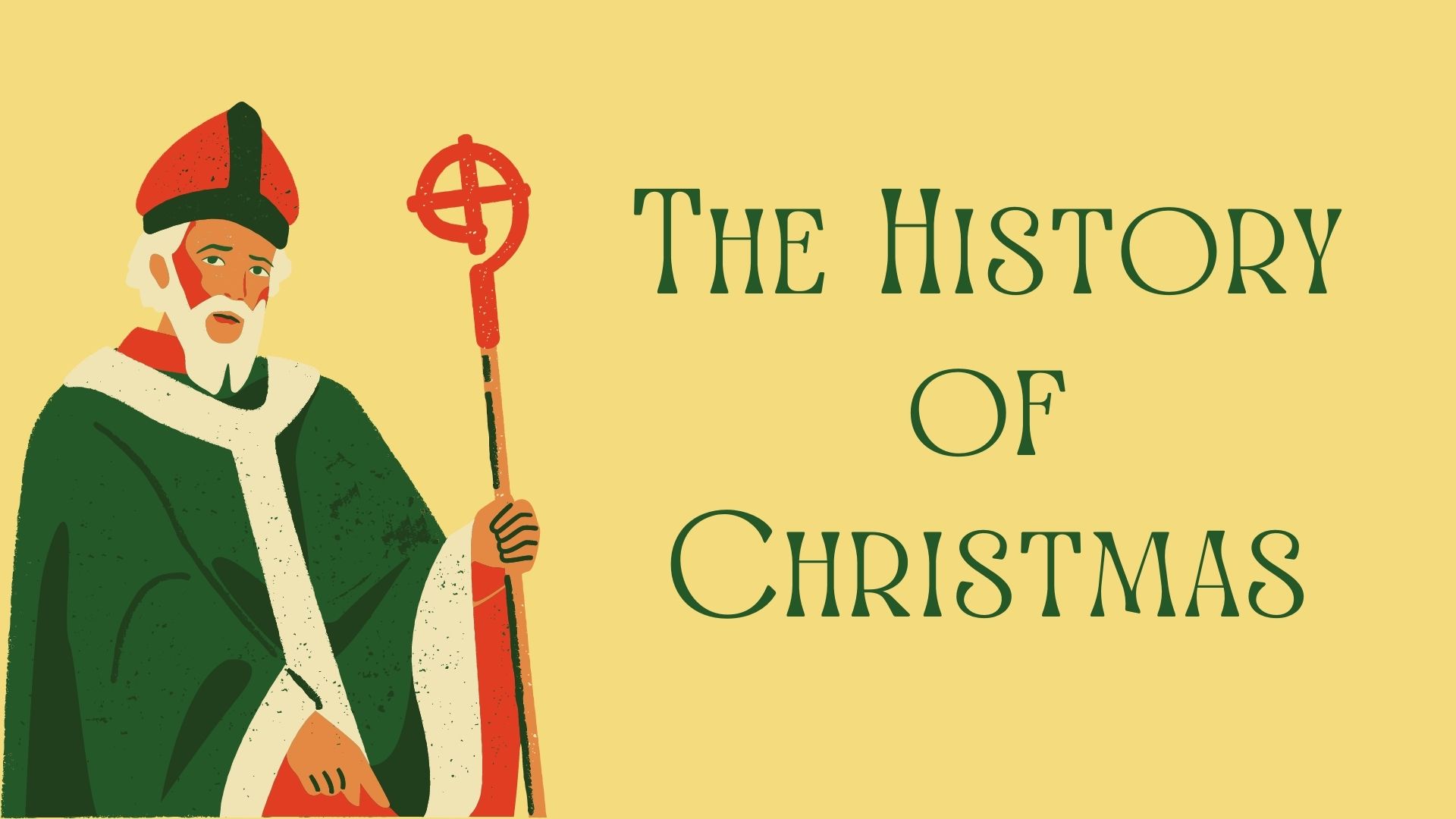Centuries before the birth of the central figure of Christianity, Jesus of Nazareth, many countries and cultures celebrated the promise of light and rebirth that would follow the Winter Solstice.
The end of December was a perfect time for a celebration in most areas of Europe. Most cattle were slaughtered before they had to be fed during the winter. For many, it was the only time of year when they had a supply of fresh meat. Most wine and beer made during the year was fermented and ready for drinking.
In the Roman Empire, Saturnalia—a holiday in honor of Saturn, the god of agriculture—was a month-long holiday beginning the week before the Winter Solstice. It was a time when food and drink were plentiful, and the normal Roman social order was turned upside down. For a month, enslaved people were given temporary freedom and treated as equals. Businesses and schools were closed so that everyone could participate in the holiday’s festivities.
In the early years of Christianity, Easter, the celebration of Jesus Christ’s death and resurrection, was the main holiday. The birth of Jesus was not yet celebrated as it was not common to celebrate birthdays. In the fourth century, church officials declared the birth of Jesus as a holiday. Since the Bible does not mention a date for his birth (a fact Puritans later pointed out in order to deny the legitimacy of the celebration). Although some evidence suggests that his birth may have occurred in the spring (why would shepherds be herding in the middle of winter?), Pope Julius I chose December 25 as the day to celebrate. The traditions of the pagan Saturnalia festival were absorbed, making the Christmas celebration more popular. First called the Feast of the Nativity, the custom spread to Egypt by 432 and to England by the end of the sixth century.
By the Middle Ages in Europe, Christianity had replaced most pagan religions, and believers attended church on Christmas. It became the time of year when the upper classes would repay their real or imagined “debt” to society by entertaining less fortunate citizens.
In the early 17th century, a wave of religious reform changed the way Christmas was celebrated in Europe. When Oliver Cromwell and his Puritan forces took over England in 1645, they vowed to rid England of decadence and, as part of their effort, cancelled Christmas. By popular demand, Charles II was restored to the throne and, with him, came the return of Christmas.
The pilgrims, English separatists that came to America in 1620, were even more orthodox in their Puritan beliefs than Cromwell. As a result, Christmas was not a holiday in early America. From 1659 to 1681, the celebration of Christmas was outlawed in Boston. Anyone exhibiting the Christmas spirit was fined five shillings. By contrast, in the Jamestown settlement, Captain John Smith reported that Christmas was enjoyed by all and passed without incident.
After the American Revolution, English customs fell out of favor, including Christmas.
Christmas became popular again in America in the early 19th century, largely due to the influence of authors Washington Irving and Charles Dickens. Irving and Dickens reinvented Christmas celebrations in their works, beginning with Irving’s “The Sketchbook of Geoffrey Crayon, Gent,” and followed by Dickens’ “A Christmas Carol.” Irving’s work, published in 1819, presented a series of Christmas celebration activities, all of them almost utterly fictitious, which portrayed Christmas as a peaceful time in which different groups of people joined together in harmony. Dickens’ work, published in 1843, furthered that perception with the message that Christmas was about having and displaying generosity and goodwill toward all and love toward one’s family.
Both works struck a chord with American audiences who were battling unemployment and riots during the early- and mid-19th century. As Americans re-embraced Christmas, their reinvention of the holiday continued to develop over the next several decades as immigrant Christmas traditions like Christmas trees and cards grew into common observance throughout the country.
Following the Civil War, President Ulysses Grant took office in 1869 when there was still much to be done to restore the relationship between north and south. Grant signed the 13th, 14th, and 15th amendments to the Constitution. In a further effort to unite the country, on June 26, 1870, he declared Christmas a federal holiday.
Over the ensuing years, merchants have pushed Christmas as the premier buying season and economists often rate the strength of the economy by the volume of holiday shopping.

